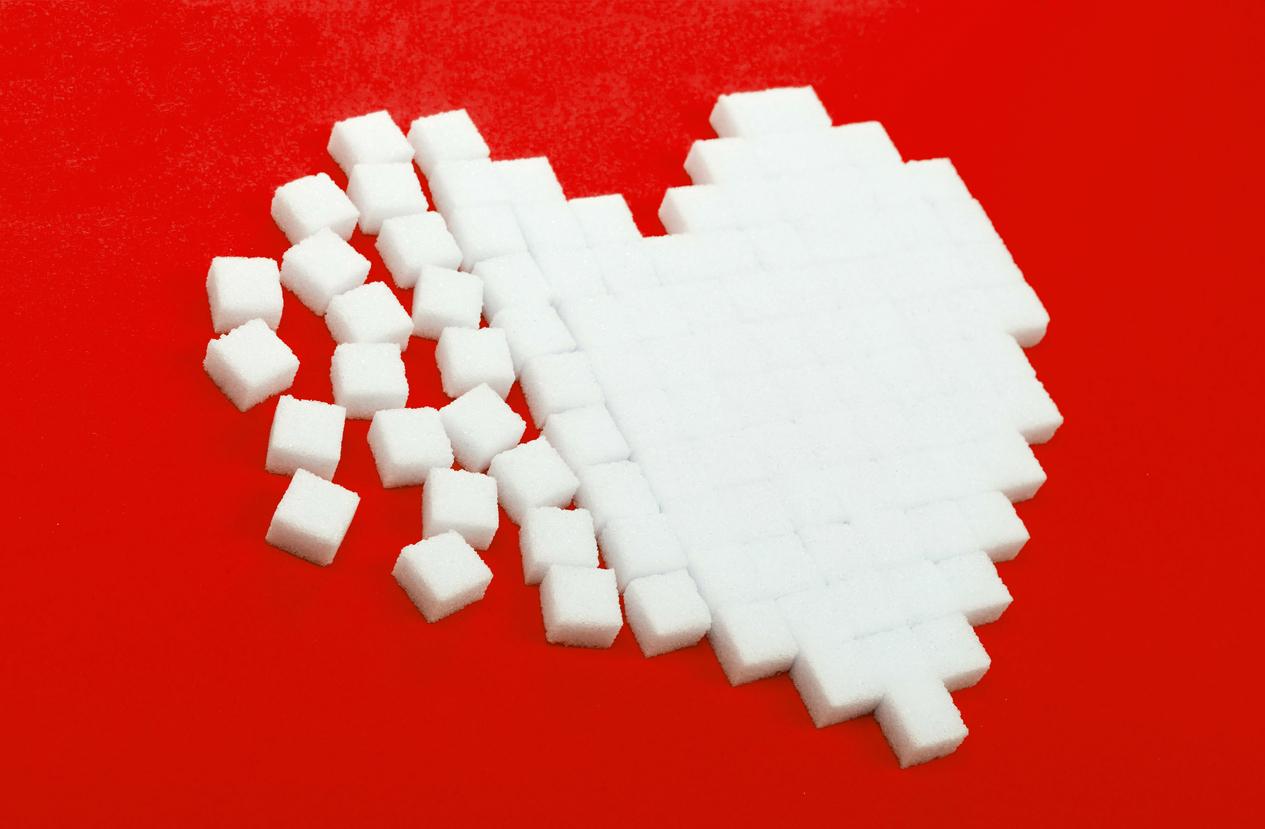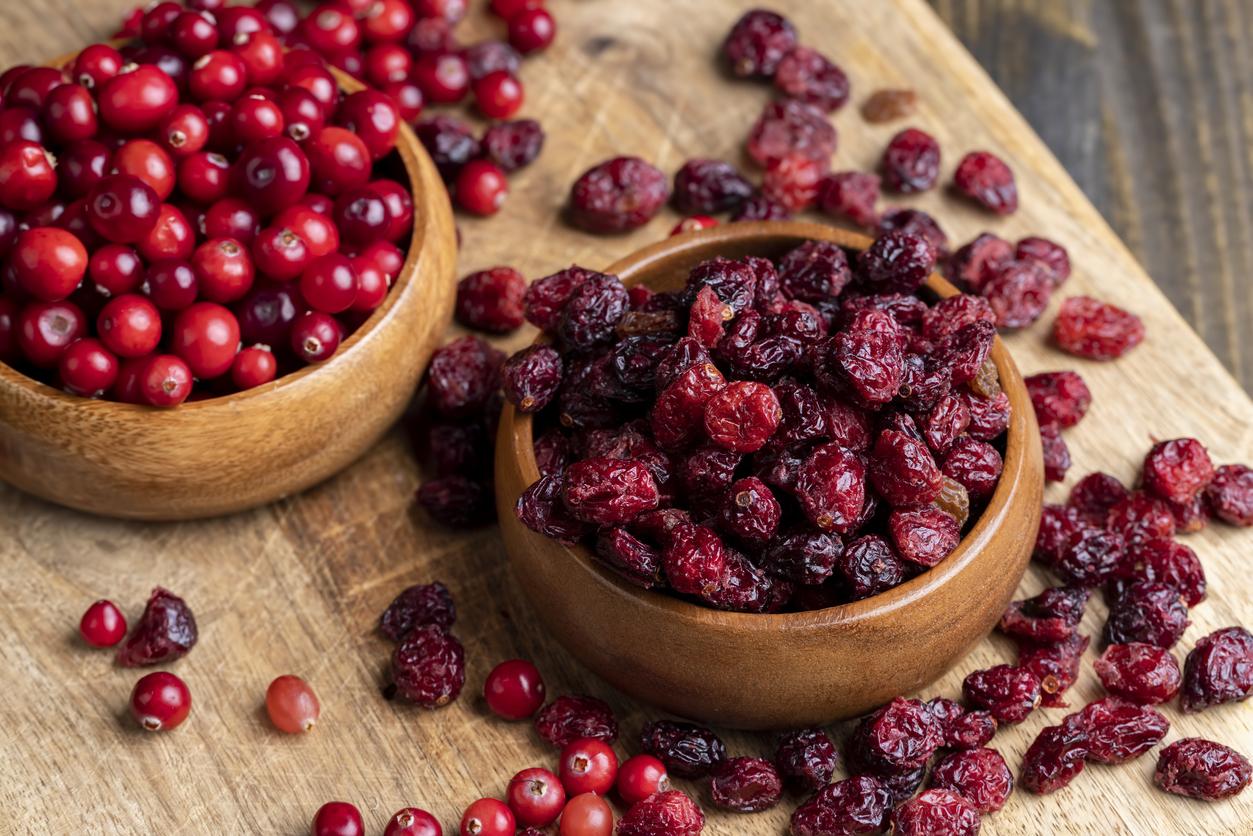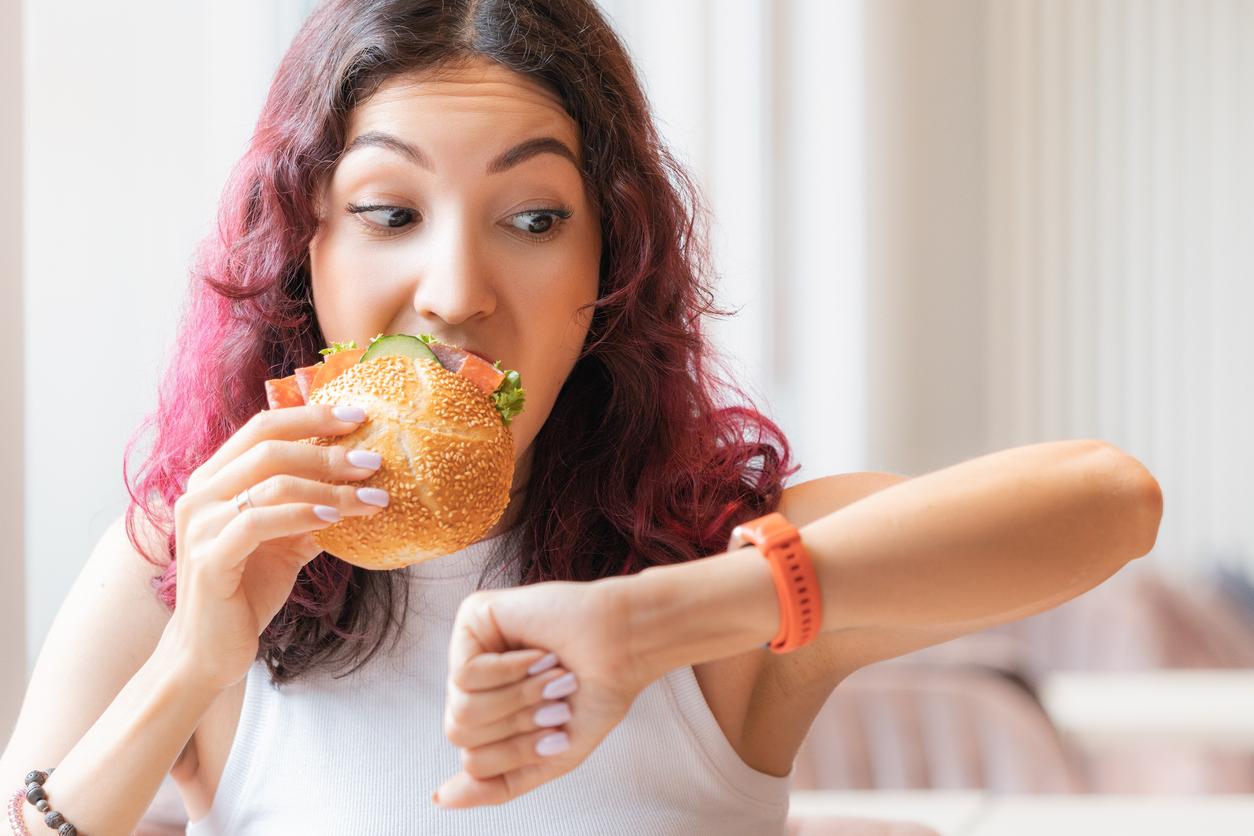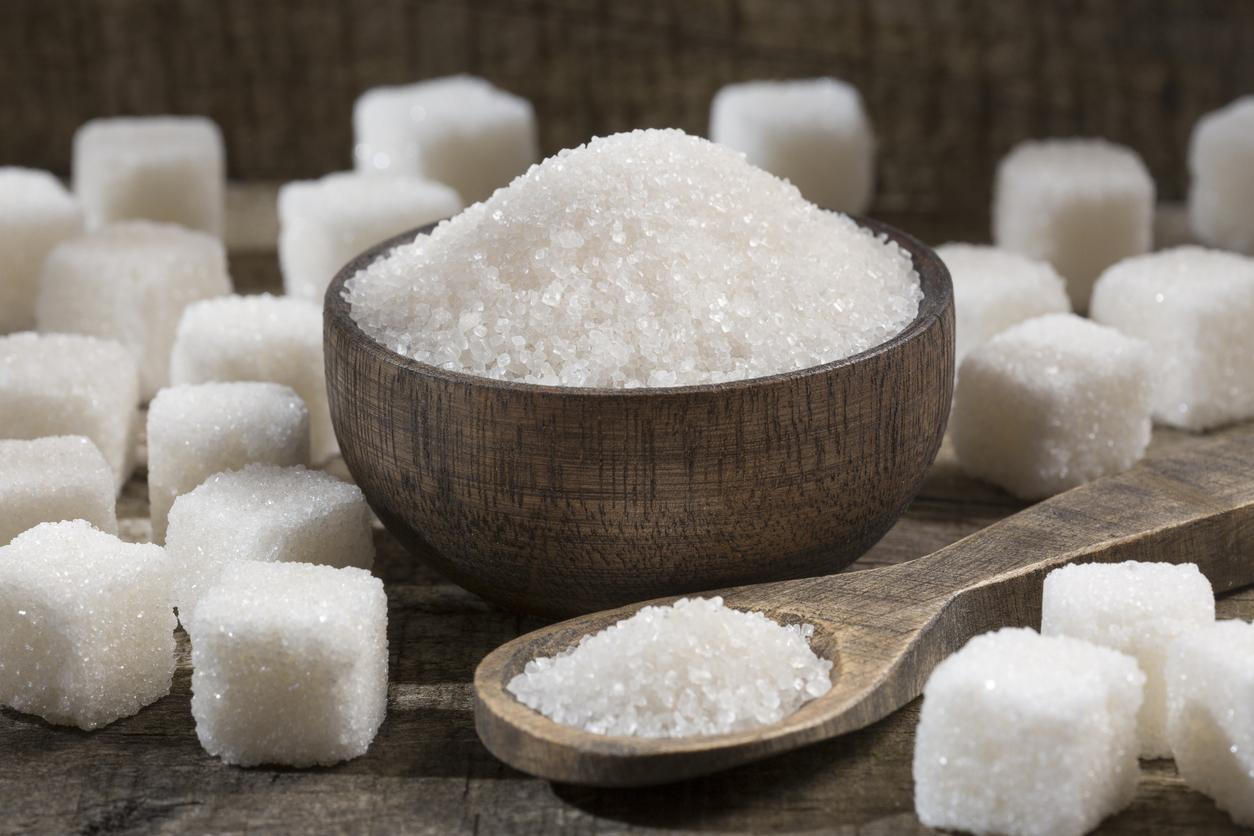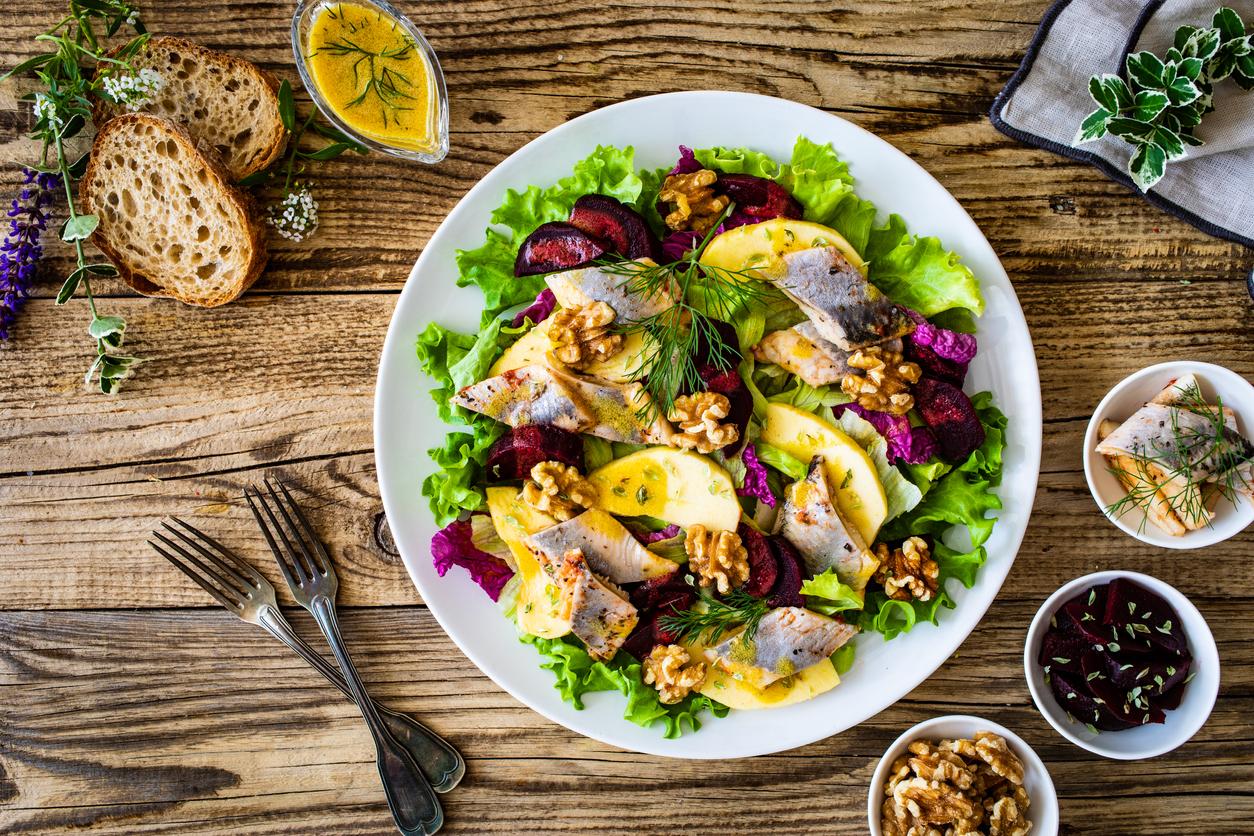Have you decided to take up sport or start a new physical activity? Congratulations ! This very good decision will certainly do good for your health, as well as your figure (if you have a slimming goal).
But we know: when we strive to adopt a healthy lifestyle, physical activity cannot be separated from diet. In other words, there is no point in starting to do 2 hours of Nordic walking per week to reduce your risk of diabetes when you drink 1 L of soda per day! But then, how can you improve your diet when you (re)start exercising?
“When you start a new physical activity (and especially when you are not initially athletic), the body’s energy needs will naturally increase, that is to say, the body will require more calories to function. dailyexplains Nathalie Négro, dietitian-nutritionist. It is therefore not a question of eliminating food categories, but rather of favoring the most filling foods in each category.“
Less bread, less yogurt, less fruit juice…
Overview of the best choices, according to the dietician-nutritionist:
- Dairy products
We avoid… yogurt and cheese. Often very fatty, very salty and/or very sweet (we think in particular of flavored yogurts and fresh cheese spreads sold in the supermarket), they do not contain enough protein to be interesting from a nutritional point of view. Without eliminating them, however, we avoid taking them with every meal!
In place… We start with cottage cheese or skyr, dairy products which are quite rich in protein and which therefore provide better satiety throughout the day – while helping to maintain muscle mass.
- Fruits and vegetables
We avoid… juices, smoothies and compotes. Almost completely devoid of dietary fiber, these “little pleasures” are generally very sweet – for example, a glass of orange juice contains the equivalent of 7 lumps of white sugar. To be reserved for weekend breakfast.
In place… We are rediscovering fresh, seasonal fruits: the dietary fibers they contain naturally slow down digestion, which prevents snacking between meals. Same comment for vegetables: instead of soups and purees (mixed, therefore without fiber), we opt for sautéed, steamed or even raw vegetables.
- Starchy foods
We avoid… Bread, especially if it is white (baguette, sandwich bread). With its high glycemic index, it causes blood sugar levels to skyrocket, i.e. blood sugar levels, which promotes (among other things) the storage of fats in adipocytes. Same warning with “classic” white pasta, particularly when it is very cooked.
In place… We adopt dried vegetables (lentils, chickpeas, red beans) which have a low glycemic index while remaining filling. Furthermore, “for the same caloric intake, the volume of dried vegetables will be greater than the volume of bread, which helps maintain satiety” adds Nathalie Négro.
The dietitian-nutritionist’s tip. “If you practice an endurance activity (Nordic walking, swimming, cycling, hiking, etc.), avoid consuming carbohydrates (starchy foods) during the meal following your sports session: thus, you will allow your body to draw on its fat reserves.“
Attention ! “Sport has a guilt-relieving effect, notes Nathalie Négro. We tell ourselves : “I exercise, it’s good, I can have a second slice of cake or have more lasagna“But this is an error that is as harmful to your health as it is to your figure.“To get maximum benefits from your physical activity, a little discipline is necessary…
Thanks to Nathalie Négro, dietician-nutritionist and head of the Nutritional Center of Brides-les-Bains thermal baths.



